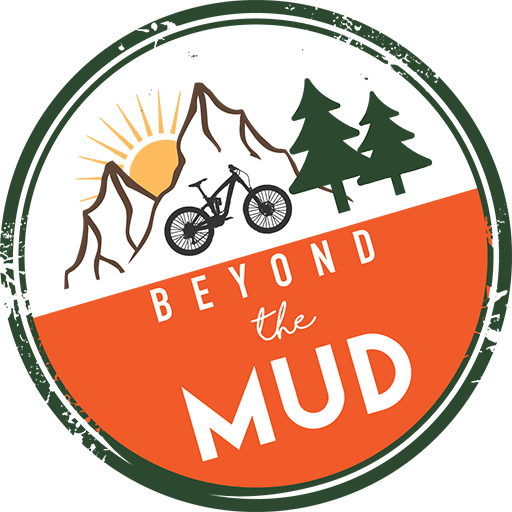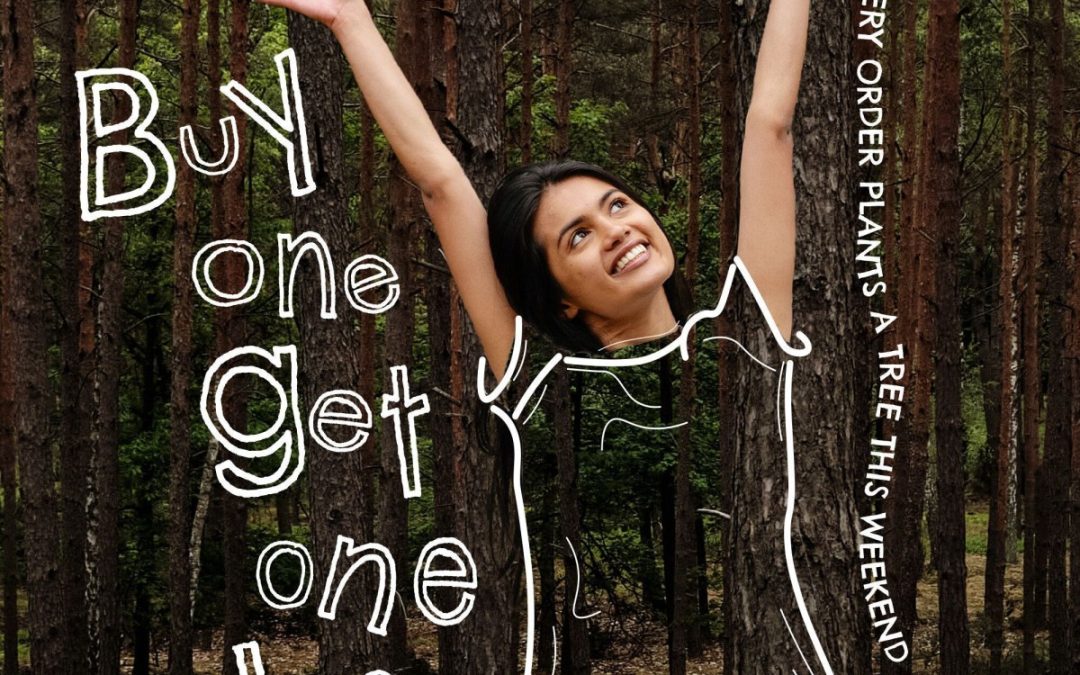
by hattenburrow | Nov 22, 2023 | Uncategorized
Black Friday has become a big deal. It’s primarily a time for big companies to compete in a ‘race to the bottom’ with massive sales that produce massive waste.
You could boycott it, but our view is that if we want to do something more positive. Let’s take that Black Friday traffic and offer an alternative.
That’s why, from 9am on Black Friday to midnight Sunday, Teemill will plant a tree for every order on you make through our store.
You can buy online here from our little store a mixture of tee shirts, hoodies and vests perfect for cycling or a trip to the pub!
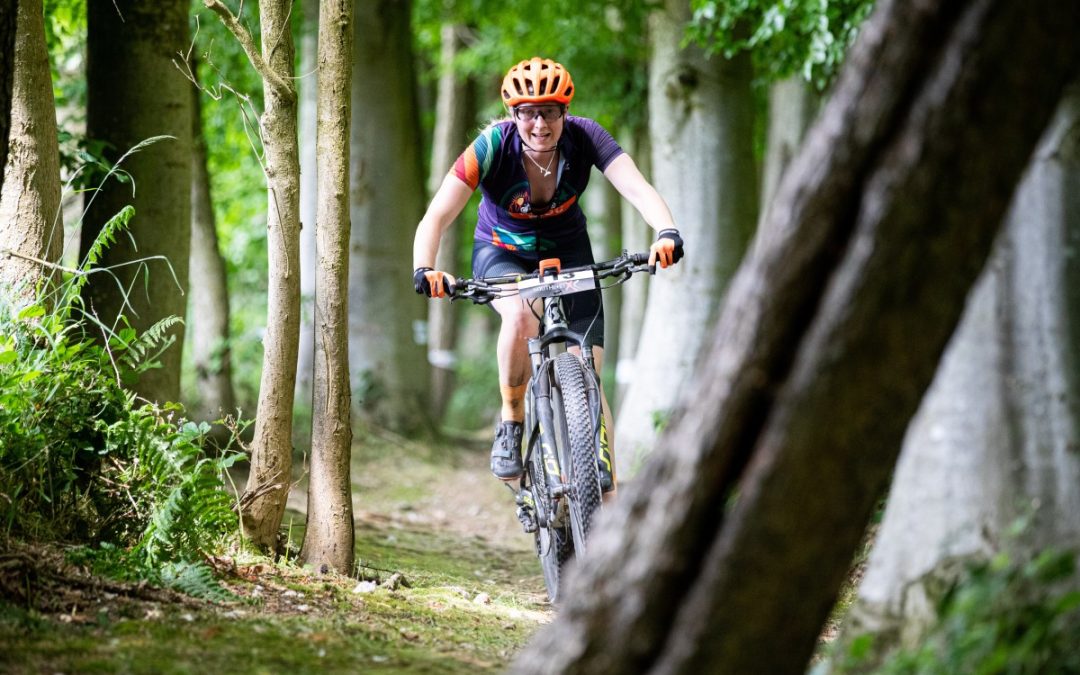
by hattenburrow | Aug 9, 2023 | Mountain Bike Racing, Pilates, Racing
Cycling is becoming increasingly popular in the UK. It is popular as a mode of cheaper and environmentally friendly transport, it is increasingly enjoyed for leisure with people wanting to get out and enjoy the fresh air, and, of course, it is a popular sport. And with two British riders placing within the top 10 final rankings at this year’s Tour de France, it is highly likely that the popularity of cycling as a sport will increase even further in the next few years. The Cycling World Championships in Scotland is also a chance for cycling to really grow as a sport as all the disciplines greatest riders come together for one awesome festival of cycling.

Of course, like all sports, cycling is not without its fair share of strains and injuries, and one injury that plagues cyclists, in particular, is neck strain. Sometimes referred to as cyclist’s neck, the complaint occurs as a result of the extended position of the neck that is caused by craning, which often takes place when a cyclist is looking ahead to see the course in front of them.
Neck strain can also occur as a result of poor posture or an aggressive riding position. All of these can ultimately cause the trapezius muscle and the other muscles in the neck to develop stiffness and pain. The more cycling is undertaken with poor posture, the worse this type of injury can become.
Why Pilates?
Pilates is a great addition to any training regime for a range of different sports and is particularly good for cyclists.
Pilates exercises can help to strengthen, stretch and also lengthen the muscles in the neck that become too tight and short from the hunched position that long distance cyclists find themselves in after a lengthy time in the saddle.
Pilates can also help to strengthen and improve how you handle a bike, as well as efficiency and balance when cycling. When a cyclist becomes tired in the saddle, their body begins to roll from side to side on the cycle, and Pilates can help to build up a strong and stable core that can reduce the effect that this has on the body.

This can help the cyclist to pedal in a smoother manner, one where their shoulders, head and body can remain still for longer.
When core strength is improved as a result of the right Pilates exercises, it can improve the way in which someone cycles, and this can help with neck strain
The right Pilates exercises can make significant improvements to how you cycle and reduce the risk of injury. Why not check out my online or in-person classes to see how Pilates can help relieve some of the neck problems caused by cycling?
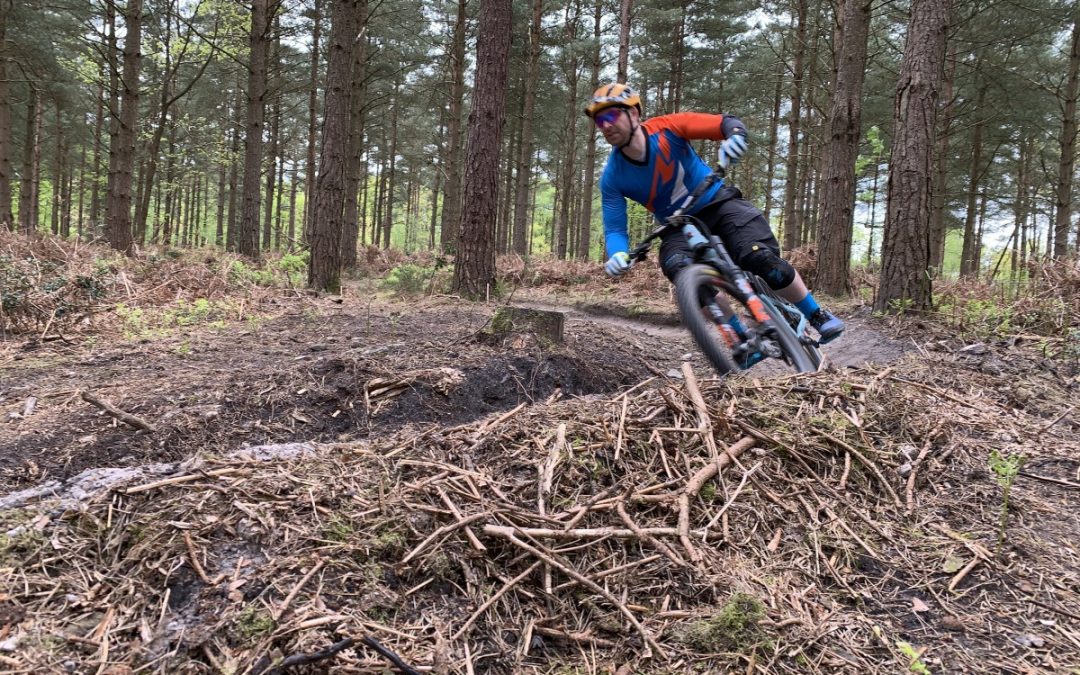
by hattenburrow | Jul 17, 2023 | Adventure, Coaching
Welcome to Beyond the Mud!
As passionate mountain biking enthusiasts, we are thrilled to present this comprehensive guide that will equip you with the knowledge and skills necessary to embark on your mountain biking adventures. Whether you’re a beginner exploring this exhilarating sport or a seasoned rider looking to enhance your skills, this guide will provide valuable insights and tips to help you navigate the trails with confidence and joy.
So, let’s dive into the world of mountain biking and discover the thrill that awaits you!
1. Gear Up for Success: Before hitting the trails, it’s essential to have the right gear. Start with a well-fitting helmet, gloves, and comfortable clothing suitable for the weather conditions. Invest in a mountain bike that matches your riding style and preferences. Ensure your bike is properly maintained, with brakes in good working order, and suspension adjusted to your weight and riding terrain.
2. Master the Basics: Understanding the fundamentals of mountain biking is crucial. Learn proper body positioning, such as bending your elbows and knees, keeping your weight centered, and looking ahead. Practice shifting gears and using your brakes effectively with one finger. Develop your balance and coordination by maneuvering over obstacles, cornering, and braking safely. Building a strong foundation will boost your confidence and set you up for success on the trails.
3. Choose the Right Trail: Selecting the right trail is key to an enjoyable mountain biking experience. Start with beginner-friendly trails, (green and blue at trail centres) that offer smooth terrain and gentle slopes. As your skills progress, gradually challenge yourself with more technical trails featuring steeper climbs, descents, and obstacles. Research local trail systems, consult trail difficulty ratings, and seek recommendations from fellow riders or local bike shops to find trails that match your skill level and desired experience.
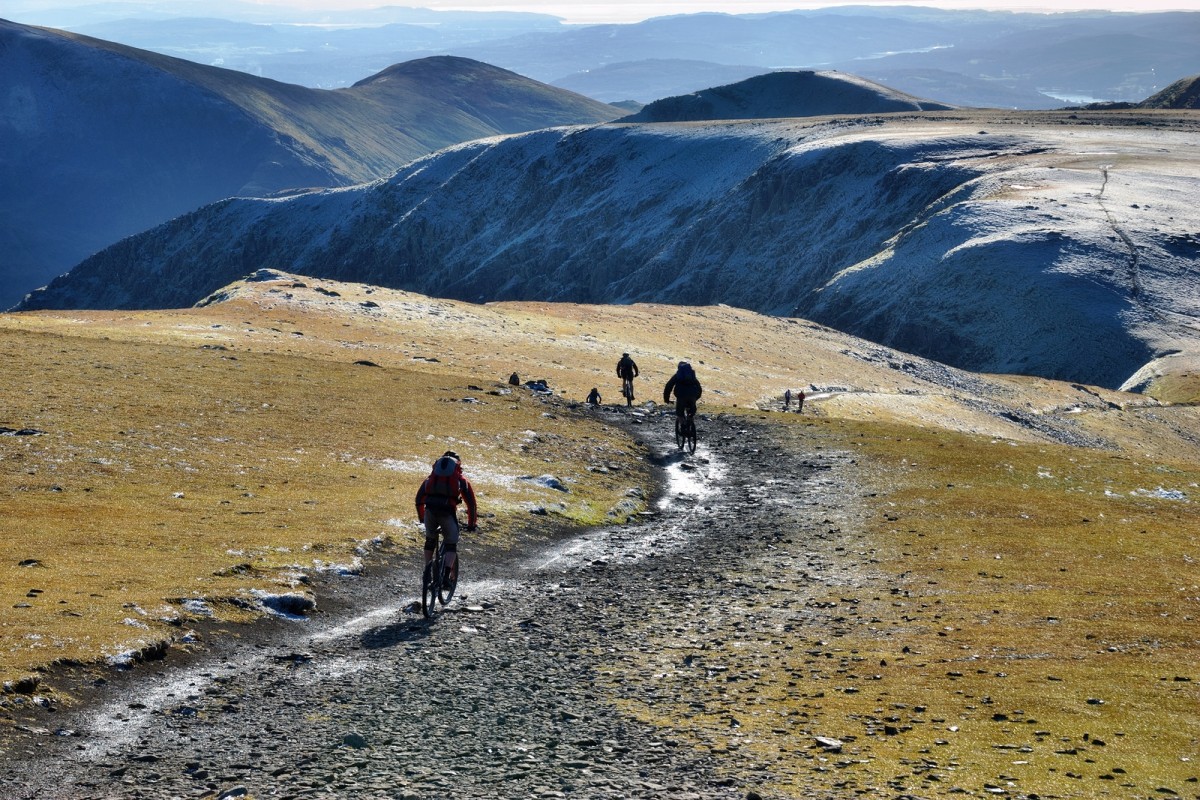
4. Safety First: Mountain biking can be exhilarating, but safety should always be a top priority. Ride within your limits and be aware of your surroundings. Carry a basic repair kit, including tools, spare tubes, bacon bits and a pump, to handle minor mechanical issues on the trail. Stay hydrated, protect yourself from the sun, and apply insect repellent when necessary. Lastly, inform someone about your riding plans and ride with a buddy whenever possible. Both Garmin and Strava have beacon technology so loved ones can track your activity and be notified if there is a problem.
5. Skills Development: To become a more proficient mountain biker, dedicate time to skills development. Attend mountain biking clinics or workshops to learn from experienced riders and instructors. Practice specific techniques, such as tackling steep descents, navigating switchbacks, and climbing efficiently. Work on improving your balance, bike handling, and trail awareness. With consistent practice and a growth mindset, you’ll steadily progress and conquer new challenges. Take a look at our courses here.
6. Respect the Environment: As mountain bikers, we have a responsibility to protect the environment we ride in. Stay on designated trails, respect trail closures, and avoid disturbing wildlife and vegetation. Leave no trace by carrying out your rubbish and minimising your impact on the surroundings. Participate in trail maintenance and advocacy efforts to ensure the sustainability and preservation of the trails for future generations.
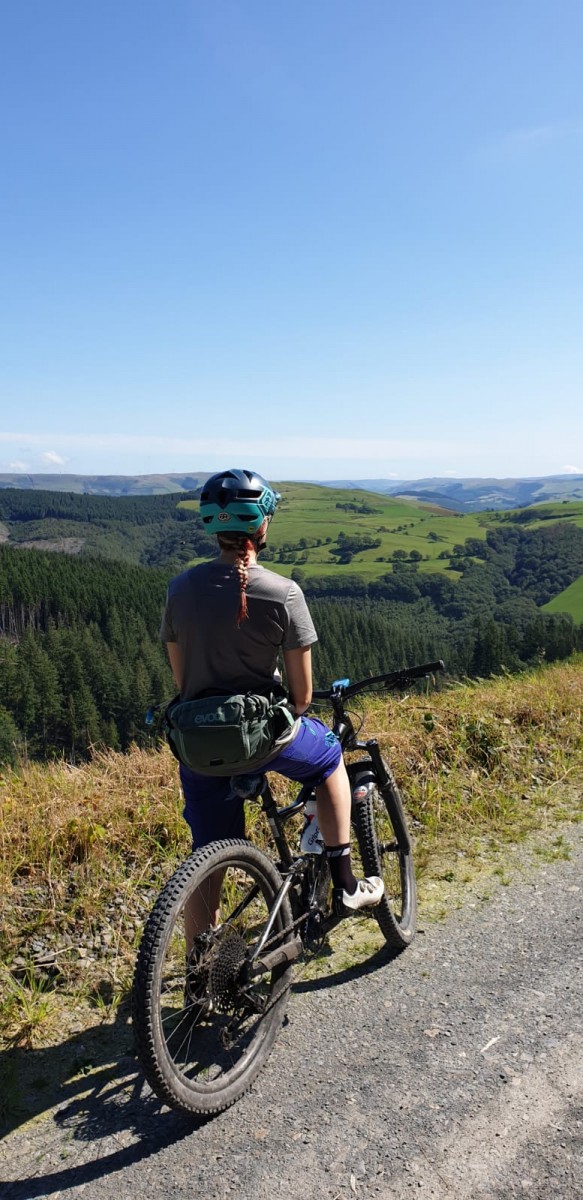
Congratulations! With this comprehensive guide to mountain biking from Beyond the Mud, you are equipped with the knowledge and skills to embrace the excitement and challenges of this incredible sport. Remember, mountain biking is not just about conquering trails; it’s about immersing yourself in nature, pushing your limits, and experiencing the thrill of two wheels on the dirt. So, gear up, explore new trails, and let the adventure begin with Beyond the Mud as your guide! Happy riding, and may your mountain biking journeys be filled with exhilaration, discovery, and unforgettable experiences!

by hattenburrow | Jul 11, 2023 | Biking Adventures
Whether you are a novice mountain biker or have been enjoying the great outdoors by mountain bike for a number of years, one thing is certain, and that is that you will probably have spent a good amount to ensure that you have the right equipment.
The right bike, kit and even shoes don’t come cheap, but these items are a good investment when it comes to mountain biking comfort, and looked after carefully will last you for many years. Of course, having the right gear is only part of the trick to enjoying your time on your mountain bike. The other is knowing how to get the best out of the area that you are visiting.
If you are visiting a new area, then hiring the services of a mountain bike guide can be the best way to get the most out of your time there.
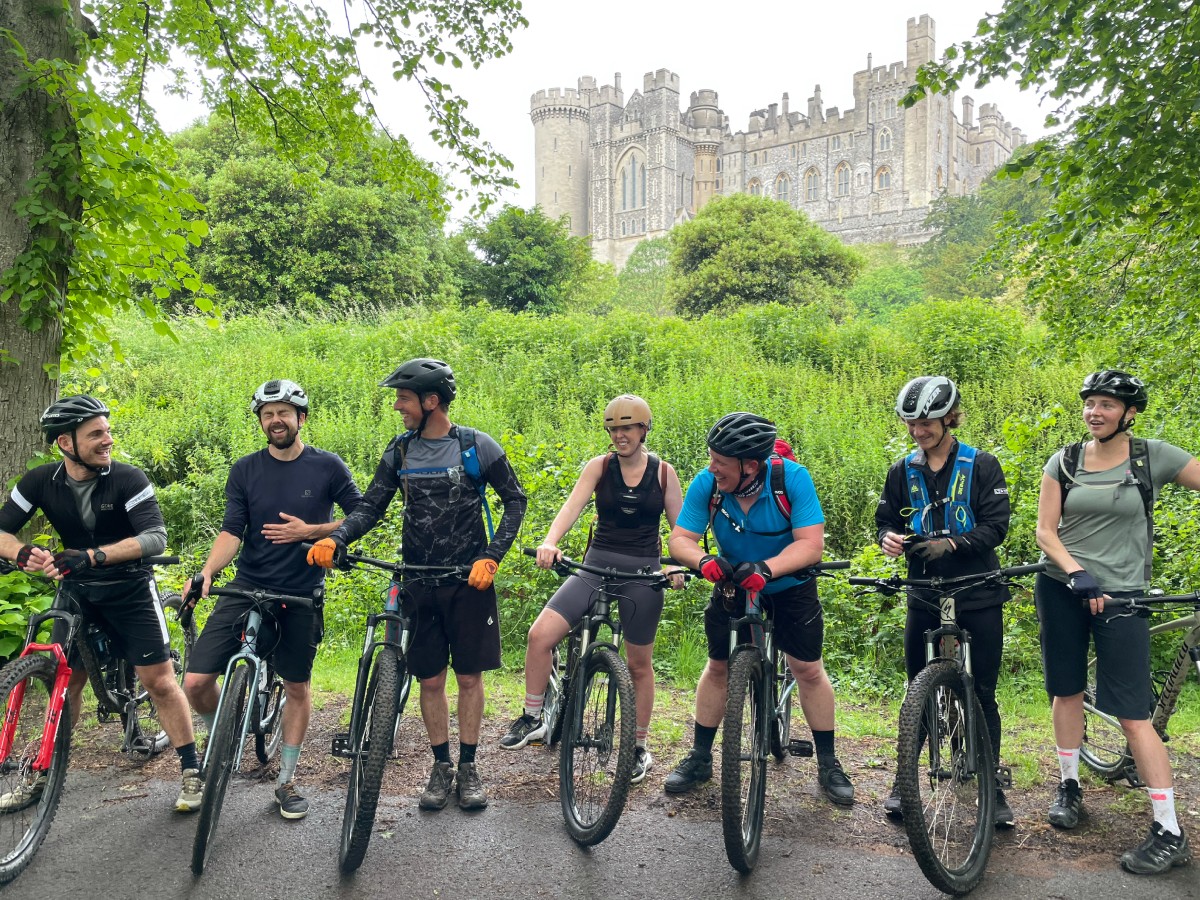
There are several different ways in which you can benefit from hiring a mountain bike guide to help you when you visit a new area.
The first of these is perhaps the most obvious one, and that is that if you hire a local guide who has experience mountain biking in the area, then you will be able to access the best trails without having to do lots of research. A local guide will also be more likely to know of any issues that have come up recently with any trails, the type of things that have the potential to disrupt your ride. This might be work that is taking place to trees down on a trail. A mountain bike guide will also know the places not to be missed, the single track that’s worth the hill climb and the views that will have you snapping pictures for 20 minutes. As the South Downs is mainly made up of natural singletrack and bridleways it can be hard to find the good stuff, so having an expert to help can save you a lot of time on back roads trying to work out where the trails are.
In addition to this expert knowledge of the best trails for mountain biking, a mountain bike guide in the South Downs will also be able to help you sort out other aspects of your trip, from recommending local accommodation to suggesting good places to eat. This means that you won’t have to worry about any of the little details of your trip and just focus on enjoying your time on your mountain bike.
One final benefit is that if you normally cycle on your own, hiring a mountain bike guide will mean that you are riding with at least one other person, and this can be a good idea when exploring new and unfamiliar territory.
If you’re interested in discovering the best the South Downs has to offer, why not get in touch? We’d be happy to show you around!
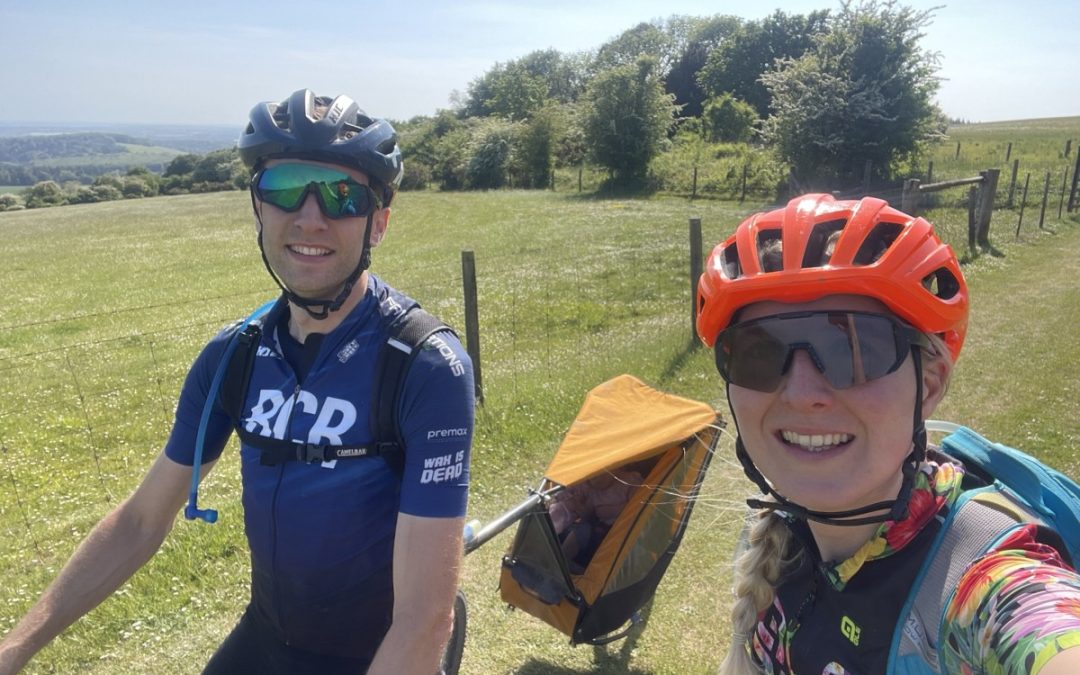
by hattenburrow | Jun 28, 2023 | Adventure, Bike Packing, Biking Adventures
Back in May, seems like a distant memory now! We went bike packing for three days across the South Downs with our then 18 month old toddler, Ffion.
Travelling with a toddler, even in a car, can be a logistical nightmare and game of how much can we really fit in the boot, so on the bikes where space was a premium we really had to think carefully about packing..
We had a practise pack a few days before we went to make sure we could fit what we needed for us and Ffion into the Alp Kit bags we had.
Emyr and I packed sparingly for ourselves knowing Ffion would be the one more likely to need a changes of clothes etc.
Staying in hotels made it slightly easier as we did not have to take tents etc, that is a future trip!
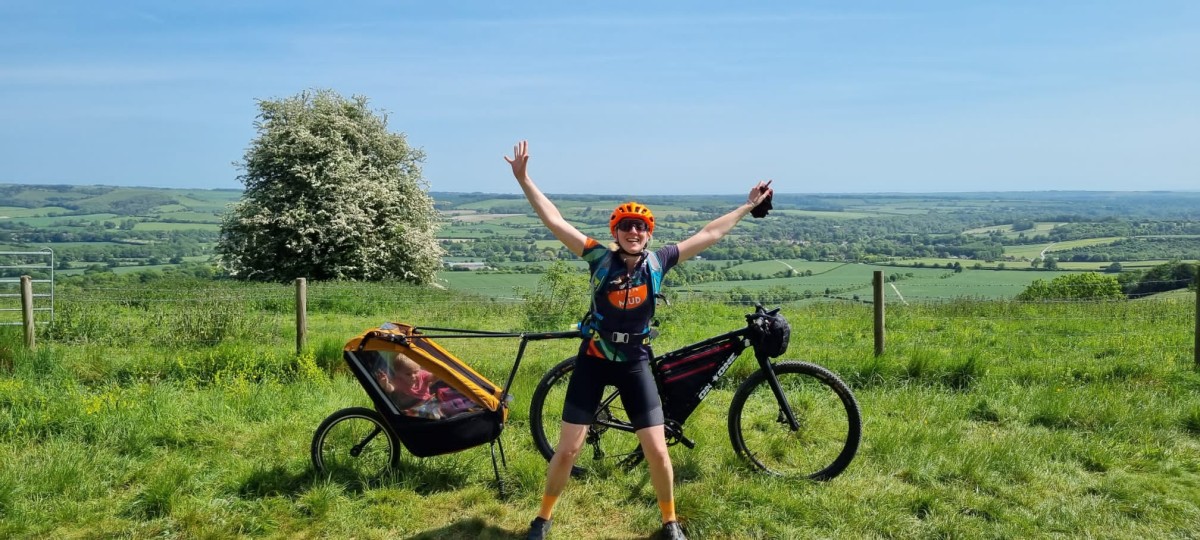
For myself I packed:
- Two bib shorts (wear one wash one)
- Three cycling jerseys
- One pair of shorts for the evening
- Two Tee shirts
- One dress (packs down tiny and doesn’t crease)
- Flip Flops
- Minimal toiletries
- Underwear
- Jumper
- PJ’s
For Ffion we packed:
- One jumper
- Four tee shirts
- Two long sleeved tee shirts
- Two shorts
- One Skirt
- One leggings
- 15 nappies
- One packet of wipes
- Sleeping bag
- 2 vests
- PJ’s
- Sunhat
- Helmet
I carried all mine and Ffion’s clothes in my Alp Kit handle bar bag and the saddle bag, using the flip flops on each side of the saddle bag for more rigidity and to stop it swinging. In the bar mounted bag I also put one of Ffion’s favourite bed time stories this actually worked well as a base to then roll the clothes into the bag!
Once the clothes were packed, I put the suncream in the saddle bag so it was easily accessible.
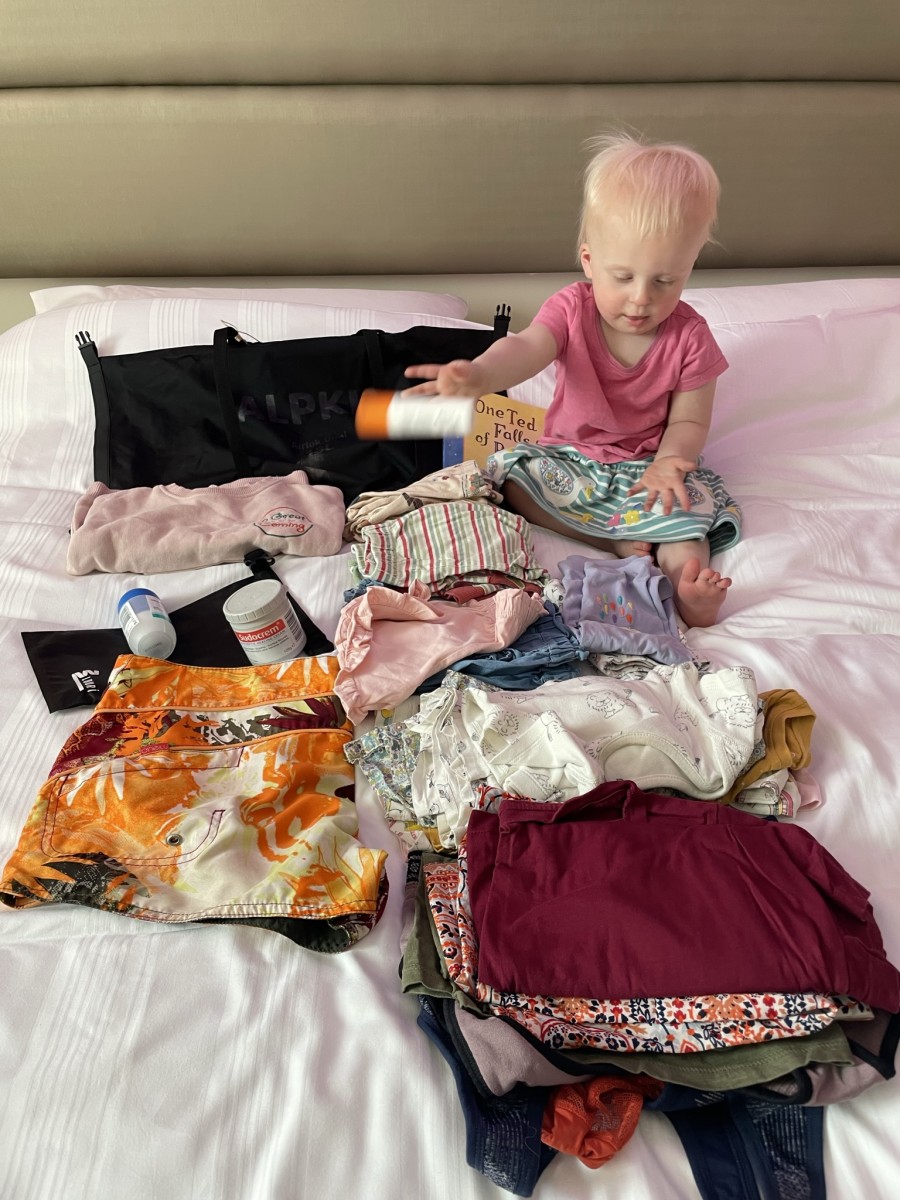
Entertainment!
Now you are probably wondering how we managed to keep our whirlwind toddler contained to the Tout Terrain bike trailer for those long days in the saddle. The answer is we have a secret stash of toys that we only bring out for such an occasion, so Ffion finds them exciting and interesting.
For this trip we packed:
- 2 hard back mini books
- Busy book with buckles and buttons in it
- Favourite rabbit teddy
- String of beads
- Pretend phone
- Ipad (for evenings)
- Sticker book
All of this plus the nappies, wipes, and Ffion’s food fitted in and around her in the trailer. The Tout Terrain trailer has great side pockets where we could load up entertainment as well as a snack and her drink. Leaving space around her feet for her to wiggle her legs and move her feet.
Each day our riding was planned around Ffion’s schedule taking a long stop during her usual lunchtime for her to eat and run around. We also put in mini breaks for nappy changes and so she could stretch her legs. As well as the entertainment we provided Ffion spent time watching the world go by from the windows in her trailer, we spoke about the trees, the crops in the field, counted squirrels and tried to engage her in her surroundings as much as we could.
What we learnt about the kit we packed.
Clothing, Ffion only wore one long sleeved top and never wore any of the vests I packed, with the weather not being predictable in the UK I think it was worth carrying some items that weren’t used instead of running out of the wrong clothing! She probably would have been fine in her sleeping bag in a vest and we could have left the PJ’s behind as it was super cosy in the places we stayed. I think for a longer trip I would have probably taken some handwash so we could wash a few bits along the way so you don’t have to carry tonnes of outfits.
Nappies, we had just enough! I would probably next time go for 6 nappies a day just incase…
Entertainment, we got this correct Ffion seemed happy with the toys she had over the time. There is an ability to stuff thin items down the back of the seat in the trailer so I think next time I may pop an extra sticker book in and maybe a packet of pastel crayons for the evenings.
Our first bike packing trip with our toddler was very successful, so much so we are hoping to head on a four day trip at the end of August.
But where should we go?


